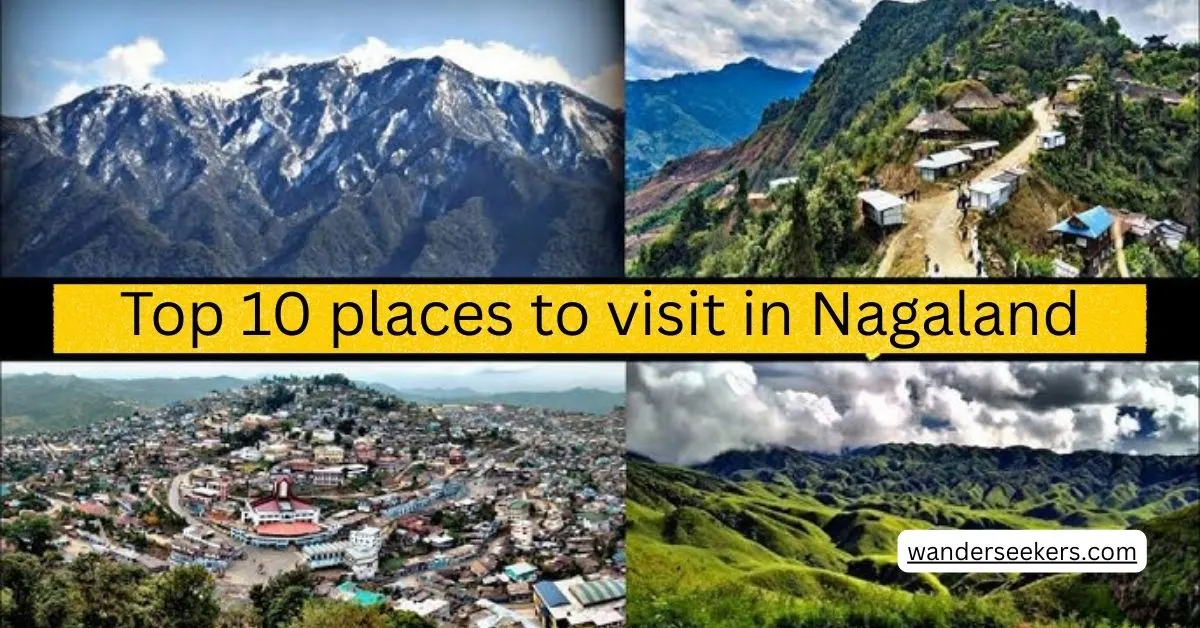Nagaland, a vibrant state in India’s northeast, is a treasure trove of culture, history, and natural beauty. Here’s an in-depth guide to the top 10 places to visit in Nagaland:
Table of Contents
1. Kohima
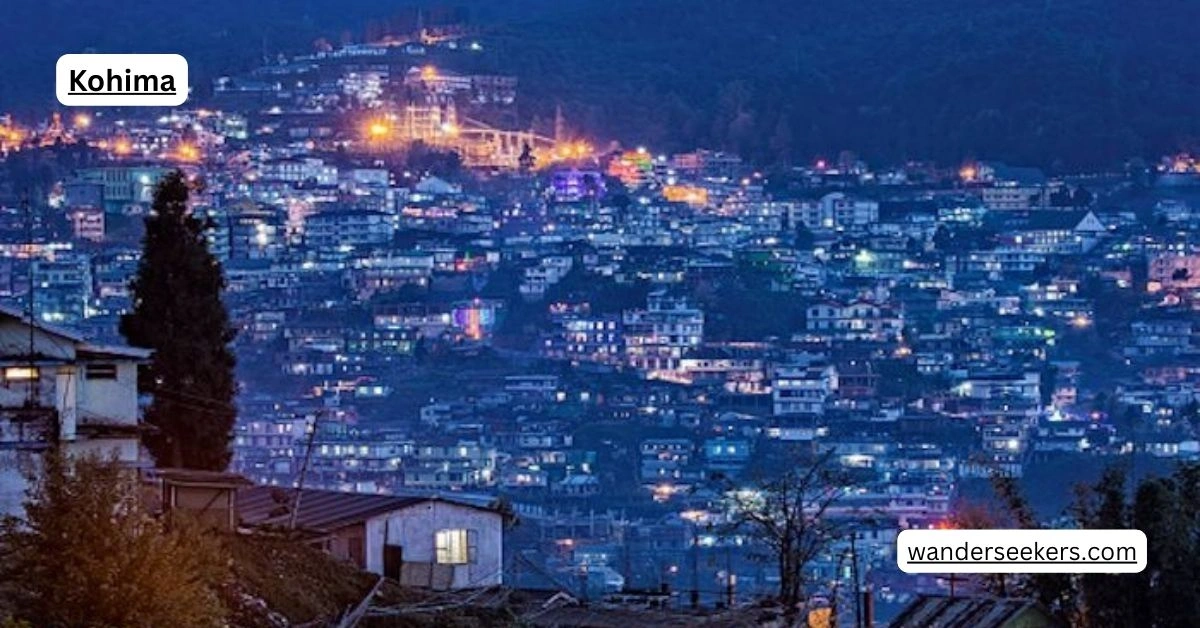
Kohima, the capital of Nagaland, is a charming hill town steeped in history and culture. Nestled at an elevation of approximately 1,444 meters, it offers stunning views of the surrounding mountains and lush greenery. Kohima is famously known for the Battle of Kohima during World War II, often referred to as the “Stalingrad of the East.” The Kohima War Cemetery stands as a solemn tribute to the soldiers who fought valiantly. The town is also home to the Angami tribe, whose vibrant traditions and festivals add to its cultural richness. Visitors can explore attractions like the Nagaland State Museum, showcasing the state’s diverse heritage, and the Mary Help of Christians Cathedral, a serene spiritual retreat.
2. Dimapur
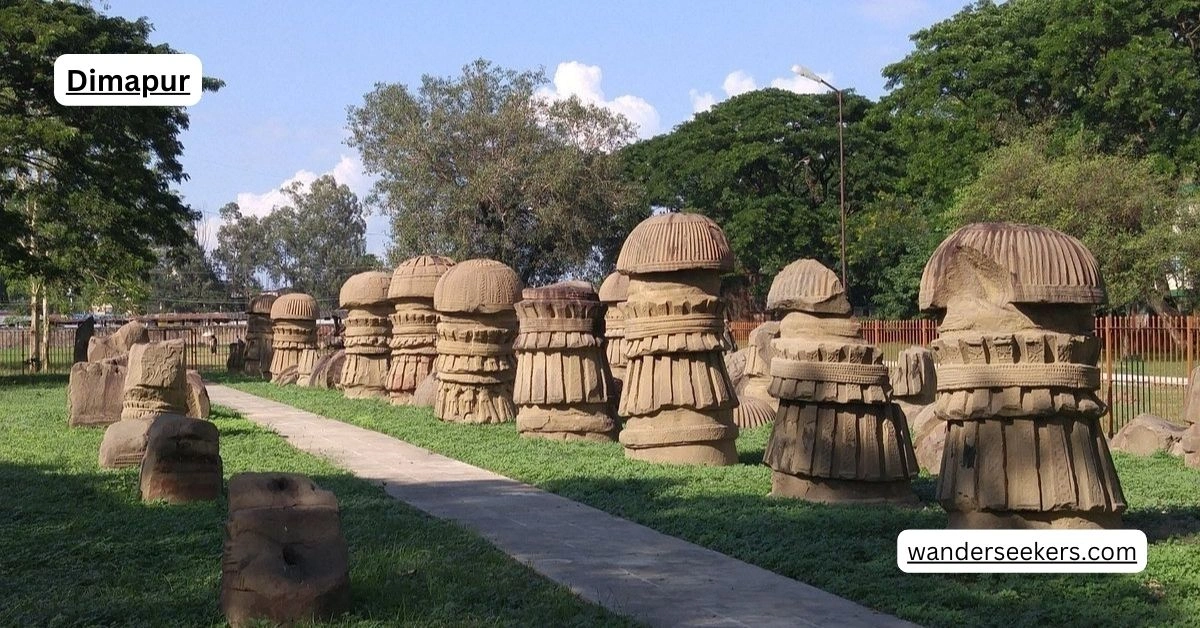
Dimapur, the largest city in Nagaland, is a vibrant hub of history, culture, and commerce. Situated along the banks of the Dhansiri River, it serves as the gateway to Nagaland and is well-connected by road, rail, and air. Dimapur’s historical significance is highlighted by the ruins of the Kachari Kingdom, featuring mushroom-shaped pillars and ancient relics that date back to the 13th century.
3. Mokokchung
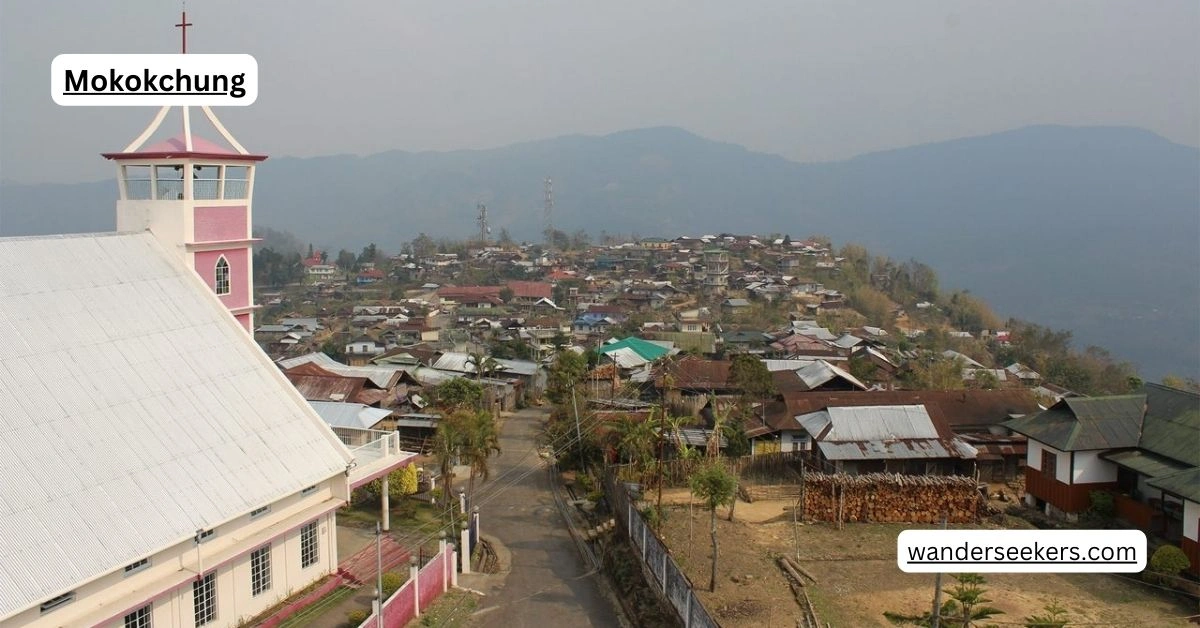
Mokokchung, often regarded as the cultural and intellectual capital of Nagaland, is a charming town nestled in the hills of the state. It is the heartland of the Ao Naga tribe, known for its rich traditions, vibrant festivals, and warm hospitality. The town is surrounded by picturesque landscapes, with lush greenery and serene valleys that offer a tranquil escape. Mokokchung is home to historical sites like the Longkhum Village, which is famous for its breathtaking views and cultural significance. Ungma Village, believed to be the oldest Ao Naga settlement, provides a glimpse into the tribe’s heritage. The town also celebrates festivals like Moatsu and Tsungrem Mong, showcasing the community’s joy and gratitude.
4. Mon
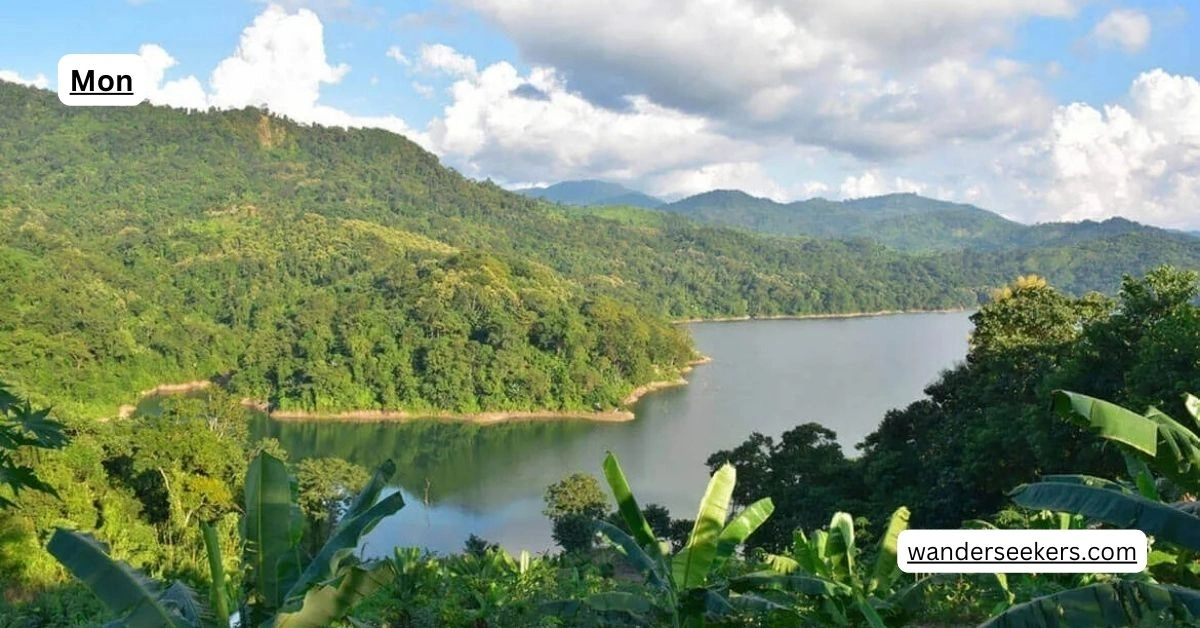
Mon, a district in Nagaland, is renowned for its rich cultural heritage and stunning landscapes. It is home to the Konyak tribe, known for their unique traditions, including facial tattoos and headhunting practices of the past. The district offers breathtaking views of the Patkai Hills and is dotted with picturesque villages like Longwa, where the Indo-Myanmar border runs through the chief’s house, allowing visitors to stand in two countries at once. Mon is also famous for its vibrant festivals, such as Aoleang, which celebrates the arrival of spring with traditional dances, music, and feasts. The region’s natural beauty is complemented by its warm and hospitable people, making it a fascinating destination for cultural exploration and adventure.
5. Wokha
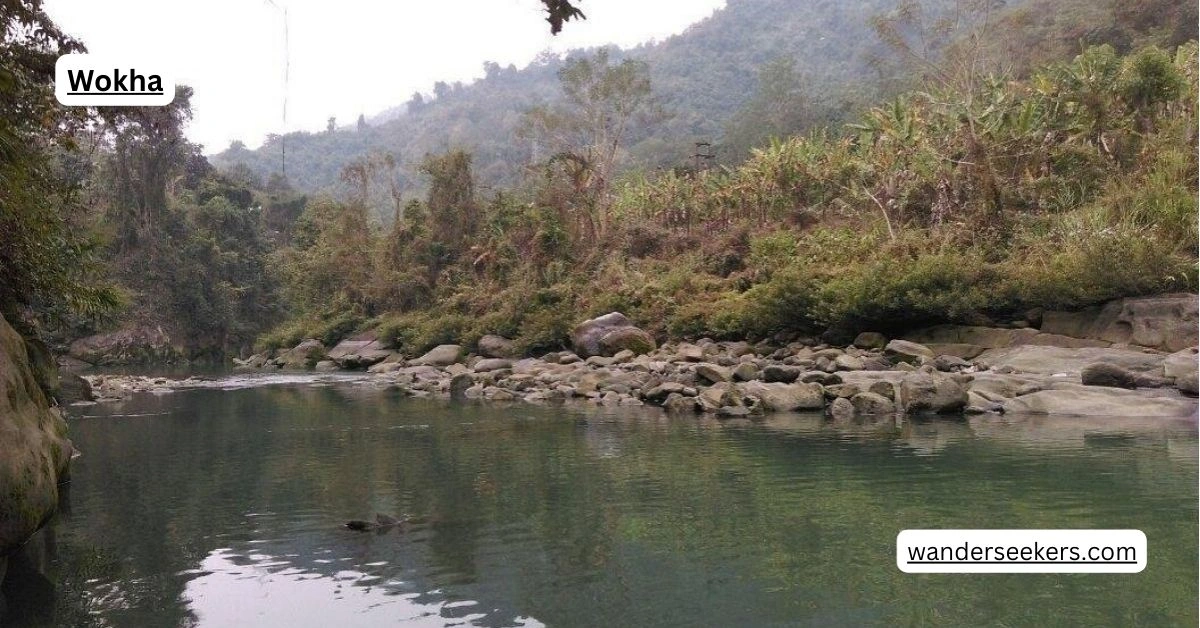
Wokha is a haven for nature lovers, with its lush hills and vibrant flora. The district is famous for its orange and pineapple plantations. Mount Tiyi, believed to be a mystical place, offers breathtaking views and trekking opportunities.Wokha, a picturesque district in Nagaland, is known as the land of the Lotha tribe, who are celebrated for their vibrant culture and traditions. The name “Wokha” translates to “census” in the Lotha language, reflecting its historical significance as a gathering place during tribal migrations. Surrounded by rolling hills and fertile valleys, Wokha is a haven for nature lovers and adventure enthusiasts. The district is famous for its orange and pineapple orchards, which add a splash of color to its scenic landscapes.
6. Phek
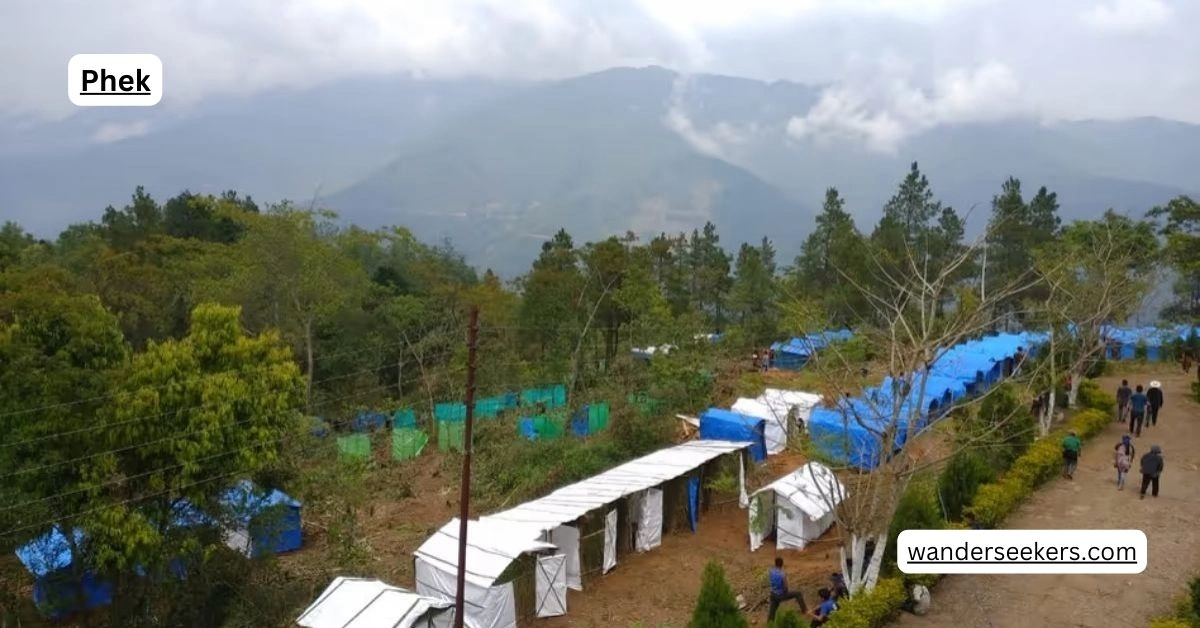
Phek, a serene district in Nagaland, is a treasure trove of natural beauty and cultural heritage. It is home to the Chakhesang and Pochury tribes, whose vibrant traditions and festivals add to the region’s charm. The district is blessed with picturesque landscapes, including rolling hills, lush forests, and tranquil lakes. Shilloi Lake, a heart-shaped natural lake, is one of Phek’s most famous attractions, offering breathtaking views and a peaceful ambiance. Adventure enthusiasts can explore trekking trails that lead to stunning viewpoints and untouched natural wonders. Phek is also known for its agricultural practices, particularly terrace farming, which showcases the harmony between the people and their environment. The district’s rich biodiversity and warm hospitality make it an ideal destination for travelers seeking tranquility and cultural immersion.
7. Tuensang
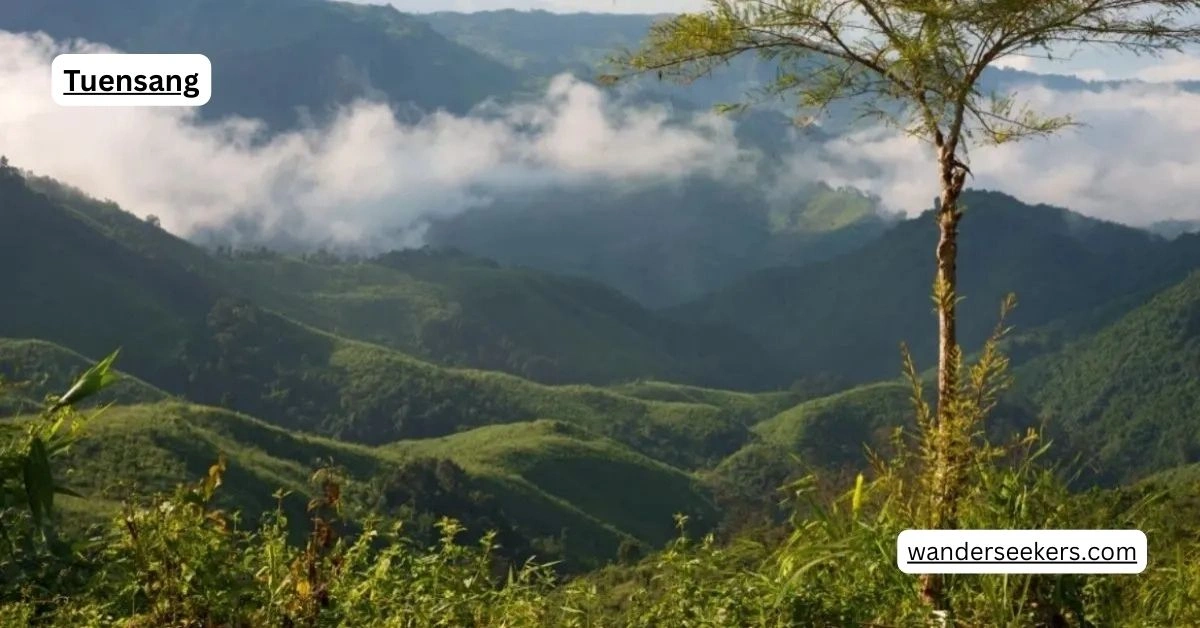
Tuensang is a culturally rich district, home to several Naga tribes. The region offers a glimpse into traditional Naga life and is known for its vibrant festivals. The Changsangmongko Village is a notable attraction, showcasing the area’s heritage.Tuensang, one of the largest districts in Nagaland, is a land of cultural diversity and natural beauty. It is home to several Naga tribes, including the Chang, Sangtam, Yimkhiung, and Khiamniungan, each contributing to the district’s rich traditions and vibrant festivals. The district’s headquarters, Tuensang Town, serves as a hub for cultural and administrative activities. Surrounded by picturesque landscapes, the region offers breathtaking views of rolling hills and lush greenery.
8. Kisama Heritage Village
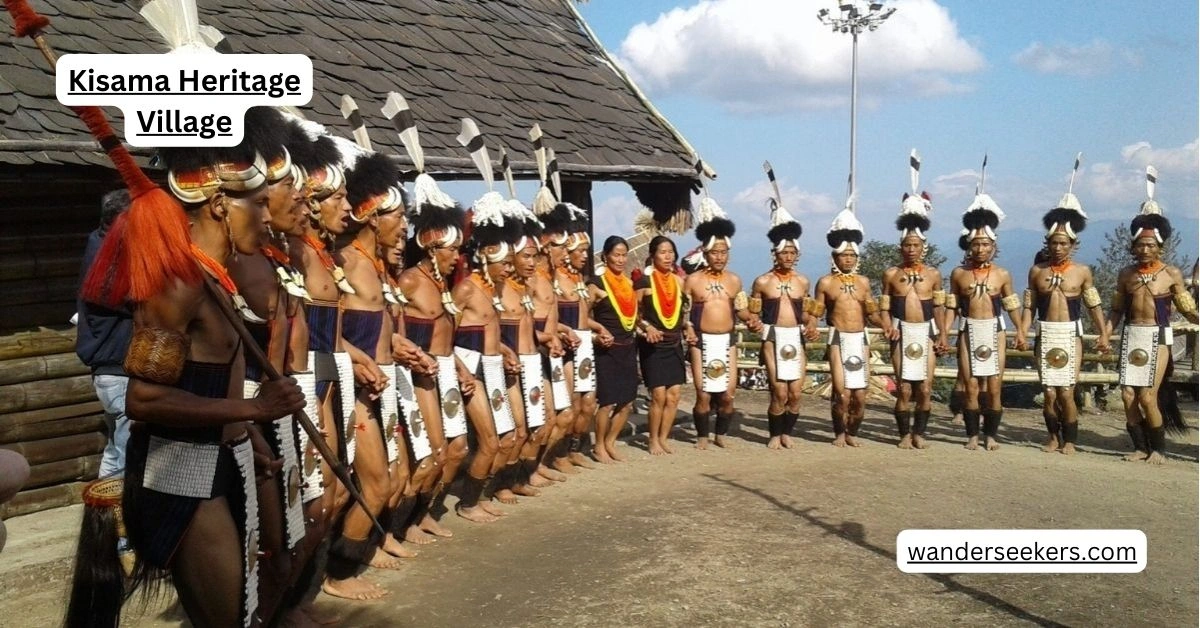
Kisama Heritage Village, located near Kohima in Nagaland, is a cultural treasure that showcases the vibrant heritage of the Naga tribes. Established in 2003, the village is designed to resemble a traditional Naga settlement, complete with morungs (tribal dormitories) representing the 17 major tribes of Nagaland. Each morning is adorned with unique symbols, carvings, and artifacts that reflect the distinct identity of its tribe. The village is the venue for the annual Hornbill Festival, often called the “Festival of Festivals,” which celebrates Naga culture through traditional dances, music, crafts, and cuisine. Visitors can explore the World War II Museum, Bamboo Heritage Hall, and various food courts within the complex.
9. Japfu Peak
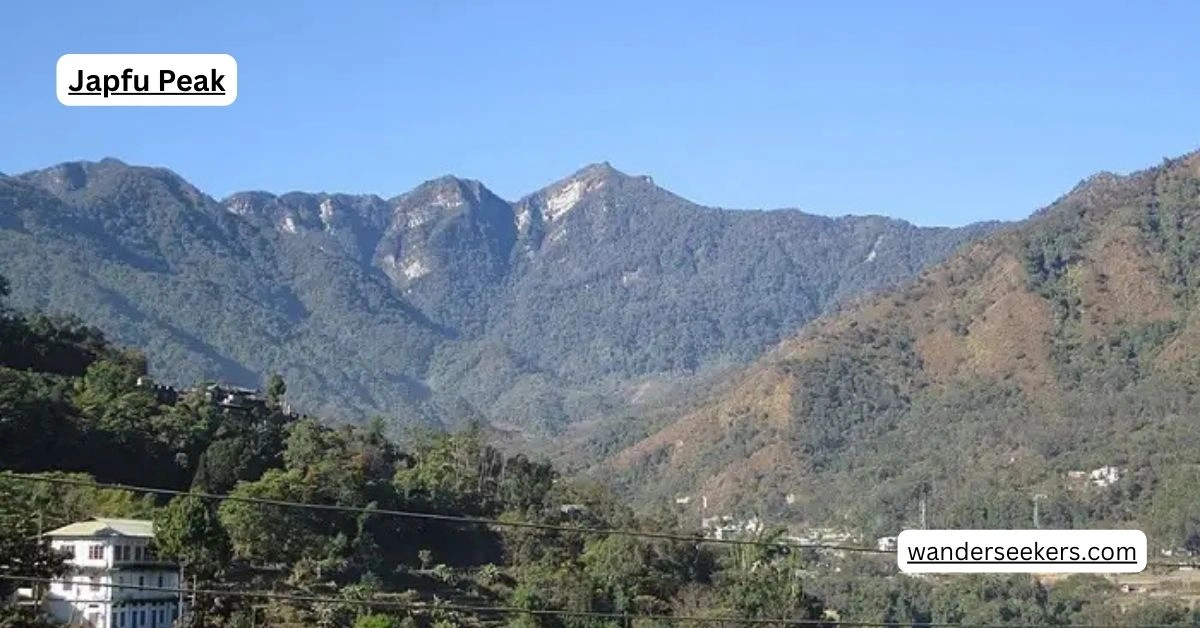
Japfu Peak, standing at an impressive 3,014 meters, is the second-highest peak in Nagaland and a paradise for trekking enthusiasts. Located near Kohima, it is part of the Barail Range and offers breathtaking views of the surrounding landscapes, including the lush Dzukou Valley. The trek to Japfu Peak is an adventure through dense forests, vibrant rhododendron blooms, and serene trails. The peak is also home to the tallest rhododendron tree in the world, a natural marvel that attracts nature lovers. At the summit, trekkers are rewarded with panoramic vistas of rolling hills and valleys, making the effort worthwhile. Japfu Peak is not just a trekking destination but also a haven for biodiversity, with its rich flora and fauna.
10. Khonoma Village
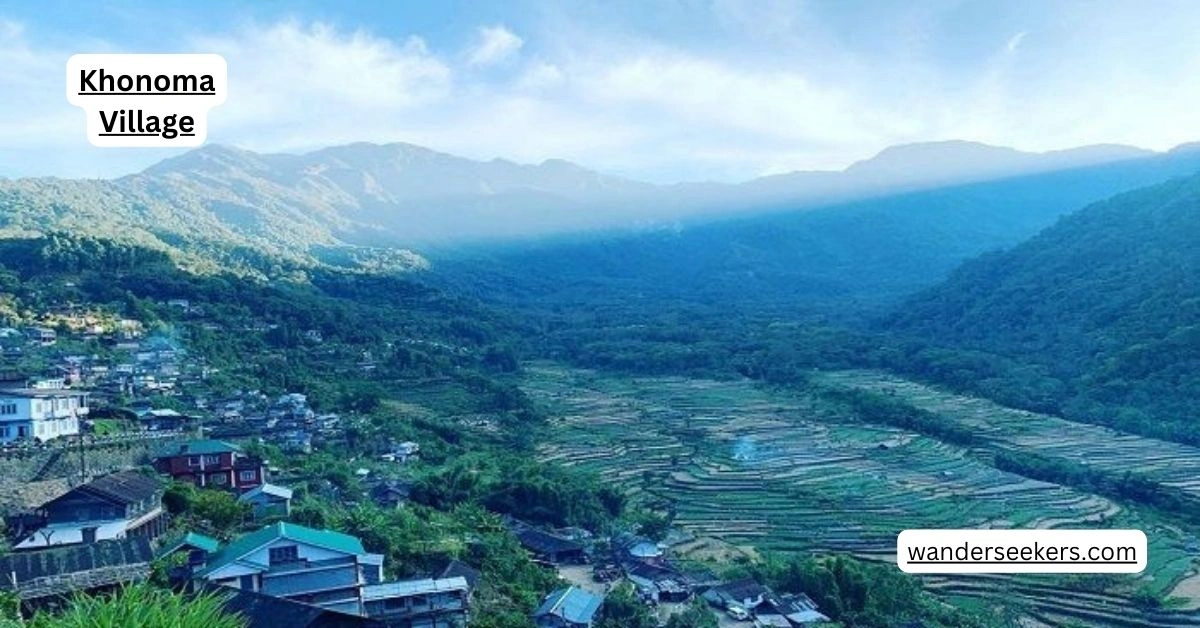
Khonoma Village, nestled in the hills of Nagaland near Kohima, is celebrated as India’s first green village. This picturesque settlement is a model of sustainable living, with its community-led conservation efforts and eco-friendly practices. The Khonoma Nature Conservation and Tragopan Sanctuary, established to protect the endangered Blyth’s tragopan, reflects the villagers’ commitment to preserving biodiversity. The village is steeped in history, having been a site of resistance against British colonial forces in the 19th century, earning it the title “The Land of Warriors.
conclusion
Nagaland is an enchanting destination that offers a rich tapestry of cultural heritage, stunning landscapes, and unique traditions. From the historical landmarks of Kohima and Dimapur to the untouched beauty of Jampui Hills and Mount Japfu, each destination in Nagaland showcases a distinct aspect of the state’s identity.
